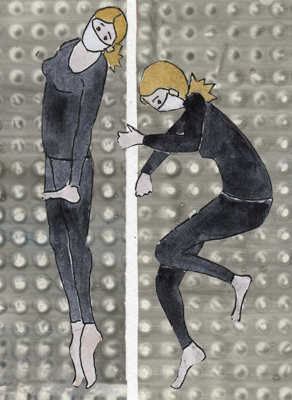You Don't Have to Wipe Boxes Anymore
Bloomberg News published an article this week entitled "Can I Put Away My Hand Sanitizer?" For months after the pandemic began we were all scrupulous about washing our hands and using hand sanitizer because of the fear of viral spread. Scientists are now publishing data about the primary transmission of the virus by droplets and aerosols when in close contact with infected people. Virus that is present on groceries, boxes, door knobs etc is usually in a degraded state and not infectious.
In this article they state that the CDC estimates the chance of contracting Covid-19 from a surface to be less than 1 in 10,000. Linsey Marr of Virginia Tech, an expert on airborn transmission, says that wearing masks indoors is far more important. N95 or K95 are recommended as the best types of masks to reduce infection. She does still recommend continued hand washing or sanitizer if you've been out in public and touching lots of surfaces. See Below

We all have to decide what level of risk we are willing to take - based on our ages, comorbidities and vaccination status. I'm still wearing a mask when I'm walking outside each day, but in part this is due to the fact that I've discovered that my seasonal Fall allergies are greatly improved when I do.


